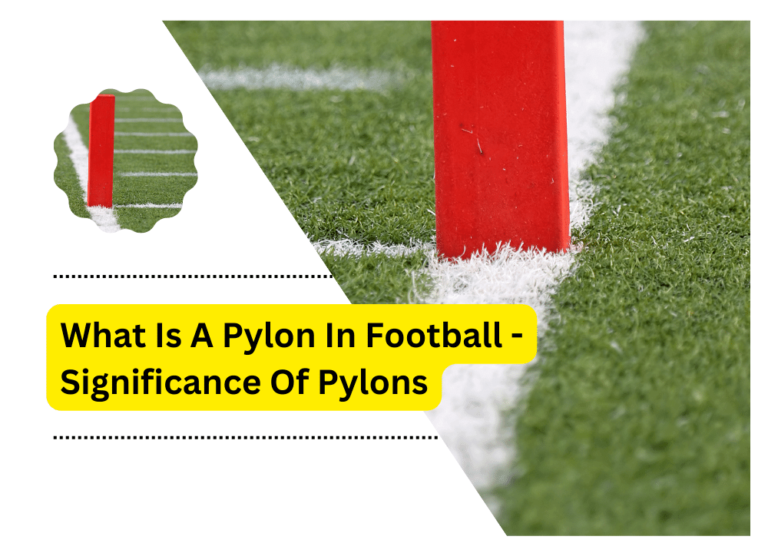Analyzing Defensive Strategies To Counter Draw Plays

Have you ever watched a football game and marveled at the artistry of a perfectly executed draw play? The way the running back fakes out defenders, creating confusion and opening up massive gaps in the defense, is lovely.
But what if I told you there’s a way to crack this code? In today’s blog post, we’re diving deep into the world of defensive strategies to counter-draw plays. Get ready to uncover secrets that will leave your opponents scratching their heads and your team dominating the field!
Defenses use various techniques to prevent offenses from scoring.
When it comes to preventing offenses from scoring, defenses use a variety of techniques to thwart would-be scorers. These strategies can include simple measures like stopping the running game or forcing turnovers, as well as more complex schemes that take into account player positioning and coverage.
Preventing the big play
One common strategy is famous as “preventing the big play.” This involves limiting opponents’ ability to move the ball downfield and stopping them before they can cross the goal line.
One way to do this is by pressuring the quarterback early in the play, preventing them from making accurate passes. Another tactic is Cover 2 zone defense, which allows defenders to cover vast field areas but denies passing lanes near the goal line.
Defenses also use various blitzes and coverages to pressure quarterbacks and force mistakes. Blitzes are often used in short-yardage situations when a team expects an opponent to run a particular play.
Blitzes create chaos on the field by sending extra defenders at once and forcing poor decisions from opposing players. Coverages are another common strategy used against offenses. By aligning players in specific positions, defenses can disguise their intentions and stifle opponents’ attacks.
How do Draw Plays work?
Draw plays are a common strategy in soccer, and while they can be challenging to defend against, teams can use several defensive strategies to counter them.
One strategy is to prevent the draw play from happening in the first place. If a team can keep the other team from building momentum by pressuring them high up the field, they may be less likely to resort to a draw play.
Another strategy is to pressure the ball carrier when he receives it. By pressuring him early on, you can force him into making errors, which will give your defense time to react.
You can attempt to steal the ball from the Draw Play player before he has a chance to pass it off. By doing this, you’re preventing them from achieving their goal and scoring points for their team.
What are the most common Draw Play defenses?
Many different defensive strategies can be used to combat a draw play. One of the most common defenses is to force the opponent into an unfavorable situation by disrupting their rhythm or forcing them to make a wrong decision. Other common defenses include:
Setting up a strong-man security to take away options for the opponent.
- Double-teaming the ball carrier.
- Using aggressive blitzing.
- Each strategy has its strengths and weaknesses, so knowing how your opponents will try to attack is essential before you decide on a specific defensive plan.
How can I counter a Draw Play defense?
There are several defensive strategies to counter a draw play. One way is to have your players block the draw player’s path. Another strategy is to have your players guard the ball close to the ground. You can try to steal the ball away from the draw player.
FAQs
The term “draw play” derives from the offensive line blocking and the running back drawing away, or pulling, defenders. The name implies that when a draw play is called, there must be a collaboration between the offensive linemen and the running back to ensure success.
In football, the meaning of draw in play is to “pull” or “draw away” types of defensive players. This type of offensive play aims to create space for the running back and advance the ball forward. To make a successful draw play, there must be good timing between the linemen and running around so that defenders are pulled away and a successful running lane is created.
Several types of draw plays can be used in football, including the power draw, zone draw, outside zone draw, inside line draw, and screen pass draw.
The opposite of a draw play would be a dive or counterplay. The offensive linemen will block straight ahead on a dive, and defenders are expected to come in from the side. The running back will then cut off these blockers to advance with the ball. defenders
With a counterplay, the offensive linemen will block in one direction, and the running back will run against the traffic flow to advance with the ball. Both plays require good timing between the offensive line and running backs to succeed.
Final Thought
As you continue to navigate the challenges of football defense, remember this: practice makes perfect. Examine game movies, determine which defensive strategies are best in specific scenarios, and commit them to memory. With the proper arm-strong technique, there is no doubt that a team can counter-draw plays should they be faced with such an offense.






